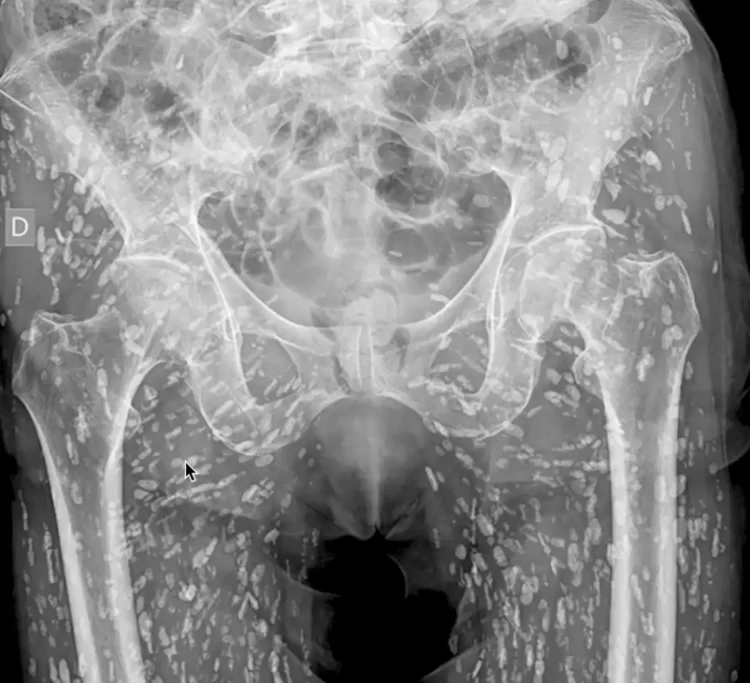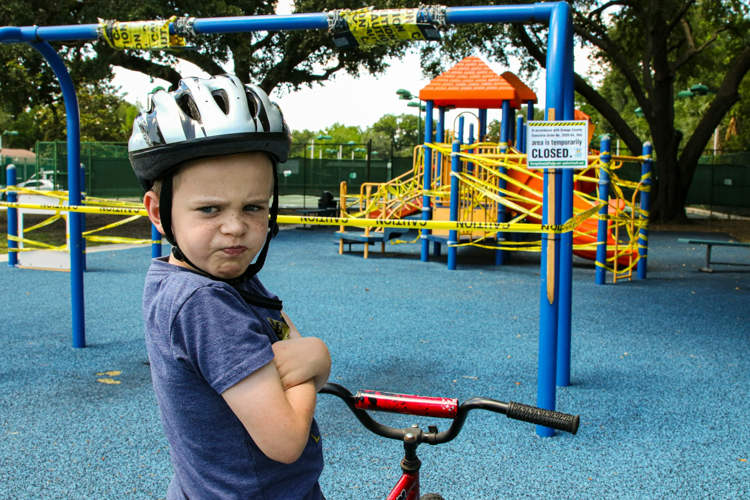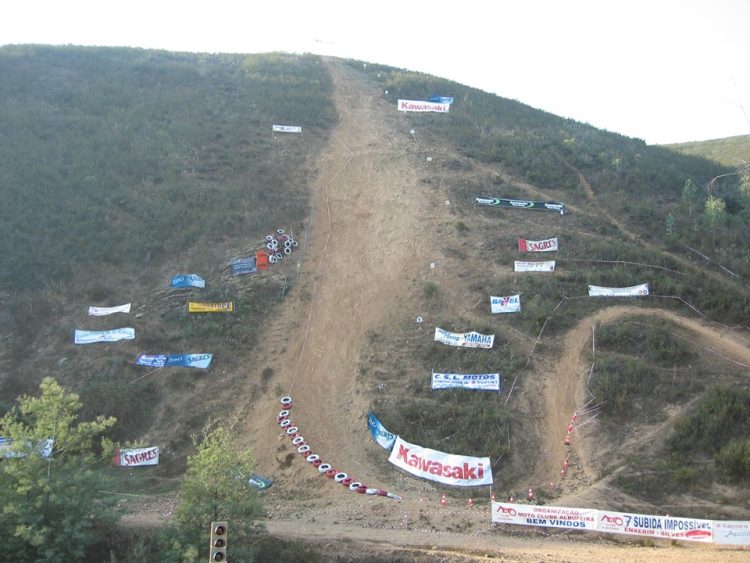‘The Drinkable Book’ is a new invention that could potentially save millions of lives around the world. Its pages are made of treated paper that can purify water when passed through, killing over 99% of bacteria.
The book is the result of postdoctoral researcher Theresa Dankovich’s hard work. For several years, she developed and tested the technology, working at McGill University in Canada and at the University of Virginia. The pages of the book contain nanoparticles of silver or copper, which are responsible for killing bacteria. The microscopic organisms absorb the silver or copper ions as they percolate through the page.
“Ions come off the surface of the nanoparticles, and those are absorbed by the microbes,” Dr. Dankovich said. “All you need to do is tear out a paper, put it in a simple filter holder and pour water into it from rivers, streams, wells, etc. and out comes clean water – and dead bacteria as well,” she explained.
Her idea is not entirely new – silver and other metals have been used to purify water for centuries – but no one has ever thought of putting them into paper before. She stumbled upon the idea during her stint at McGill University, when she found that sheets of thick filter paper embedded with nanoparticles could eliminate a wide variety of microorganisms. Soon, she extended the technology to include copper, which is less expensive than silver.
According to tests conducted in the lab, each page is able to clean up to 100 liters of water. So a single book could filter one person’s water supply for about four years. Which makes the Drinkable Book highly useful and relevant, given that 663 million people around the world do not have access to clean drinking water. Trials were also conducted at 25 sources of contaminated water in South Africa, Ghana, and Bangladesh, proving that the paper could successfully eliminate 99% of all waterborne germs.
“Greater than 90% of the samples had basically no visible bacteria in them, after we filtered the water through the paper,” Dr. Dankovich said. “It’s really exciting to see that not only can this paper work in lab models, but but it also has show success with real water sources that people are using.” She proudly spoke about a particular site where the water was so contaminated that the paper’s efficacy was doubtful.
“There was one site where there was literally raw sewage being dumped into the stream, which had very high levels of bacteria,” she said. “”But we were really impressed with the performance of the paper; it was able to kill the bacteria almost completely in those samples. And they were pretty gross to start with, so we thought – if it can do this, it can probably do a lot.”
Now that the Drinkable Book is a success, Dr. Dankovich and her team are stepping up efforts to produce more copies. They currently make the books by hand, but they hope to get into mass production pretty soon. “We need to get it into people’s hands to see more of what the effects are going to be. There’s only so much you can do when you’re a scientist on your own,” she said.
Environmental engineer Dr. Daniele Lantagne told BBC News that while the trials showed promise, she wasn’t sure if it could remove disease causing organisms other than bacteria. “I would want to see results for protozoa and viruses,” she said. “This is promising but it’s not going to save the world tomorrow. They’ve completed an important step and there are more to go through.” She added that Dr. Dankovich and her team will need a “commercialisable, scalable, product design” to take things further.
Dr. Dankovich, meanwhile, is all set to explain the technology behind the Drinkable Book at the 250th National Meeting & Exposition of the American Chemical Society (ACS). She is also working with industrial designers and environmental engineers to improve on the book’s existing design. “We have a bunch of designs, and we are trying to trim them down and keep them simple,” she said. “Worldwide, many people use a 5-gallon bucket for many needs, so we are basing our approach on that type of container.”
“Along with applications, our biggest current focus is to scale up, going from a lab bench experiment to a manufactured product. We have to go from ‘cool chemistry’ to something everyone can understand and use,” she added.









